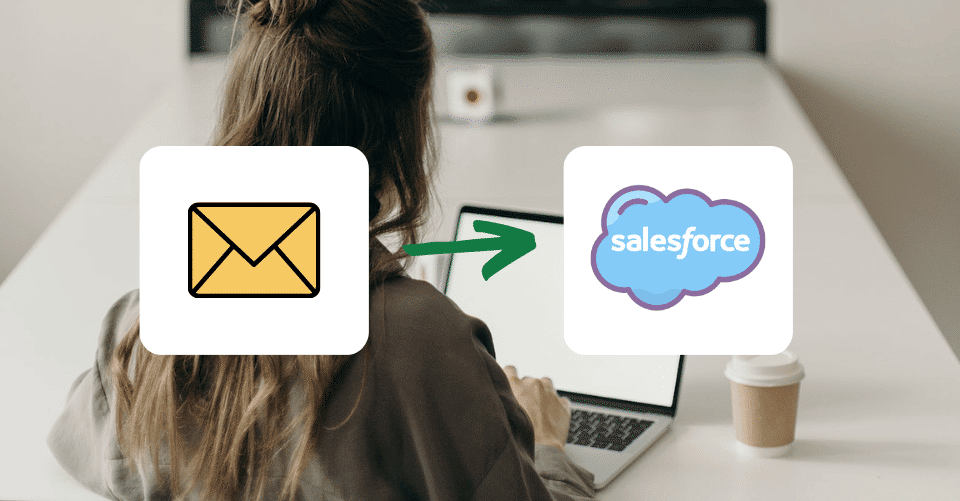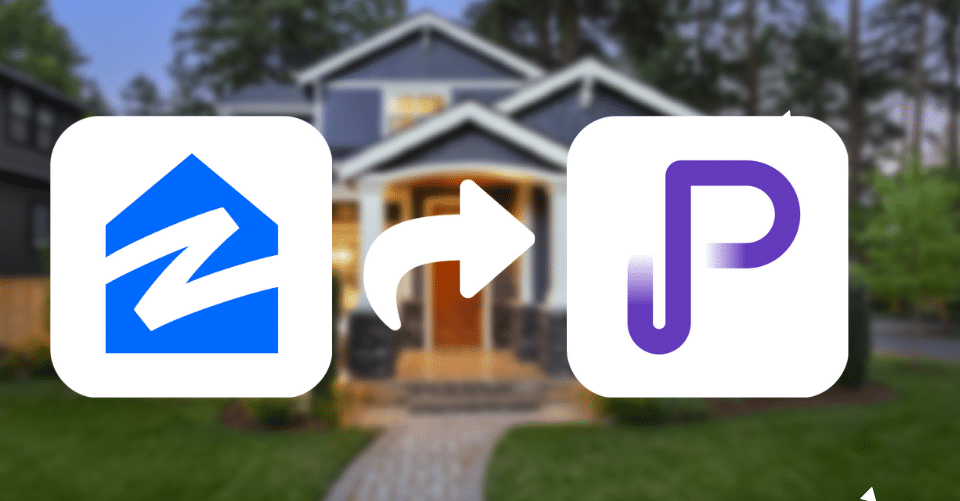Effortlessly Automate Your Workflow and Improve Efficiency in Salesforce
If you want to compete with other brands in terms of efficiency and reach, you need to have an ecosystem of marketing software specifically tailored to advance your goals. This may consist of several components for various aspects of your campaigns, such as email marketing, SEO, CRM, and general content marketing.
More often than not, you are required to funnel data from one platform to another. For example, if you use a CRM software like Salesforce, you can use an existing integration from your landing page builder, contact form tool, or CMS to transfer email to lead Salesforce.
In some cases, however, you have to export the data into a CSV document first before you can import it to Salesforce — that or the tedious and time-consuming process of manual data entry, which also introduces the possibility of human error.
That’s where a quality email parser software like Parserr steps in.
How Sending Emails to Leads in Salesforce Before Parserr Worked
Salesforce was one of the first instances of CRM software and certainly one of the first to “rent” their software in the typical SAAS model. The idea was to “make software easier to purchase, simpler to use, and more democratic without the complexities of installation, maintenance and constant upgrades”.
As a central place to manage customers, it grew into a platform offering with tie-together offerings in the sales, service, marketing, analytics, community, and mobile apps spaces.
Prior to Parserr, contact details needed to be manually typed into Salesforce. Not only was this very time-consuming for a business, but it was also very expensive.

This is probably costing your business more than you think!
Well, let’s do a little math together. Let’s assume that you decide that someone in the team should do it. Let’s also assume that:
- $60,000 salary (US Median wage)
- 30 new leads every month
- 8 minutes to enter the data into the third-party system
- 2 minutes to check the data into the third-party system
(I won’t include the 23 minutes and 15 seconds it takes to refocus once someone is distracted!)
TOTAL: 300 MINS = 5 HOURS = $145
Parserr is totally FREE for your first 15 leads every month
Setting up Parserr is easy. You can email leads directly to Salesforce by simply setting up rules to extract from that email and placing them directly in Salesforce. Read the guide below to find out more.
How to Setup Email to Lead in Salesforce with Parserr
Instead of manually copying over the data from incoming emails, set up Parserr to do it for you.

Step 1: Sign up for Parserr
Parserr’s goal is to help you automate your business and eliminate unnecessary manual data entry through email and document parsing. To get started, simply head to our homepage, enter your email and we’ll walk you through the rest.
Once signed up, we’ll show you just how easy it is to get set up. Click the “Great. Let’s get started” button
Step 2: Send us the incoming email with the Salesforce details
Next, you’ll be given an email inbox. This simply allows you to forward the emails you need straight to us:
Step 3: Fill in some onboarding details
In order to help you as best we can, we will ask you a few more questions about what you are trying to extract.
In your case, choose “Body, plain HTML” if the details you would like to extract are in the email body. If they are in the “Subject”, just choose “Body, plain HTML”

In the next step where you are asked whether you intend to use any of the integration tools, simply choose “None of them” as we will use Parserr’s built-in Salesforce Integration.
Last onboarding question – where are you trying to get your data to? In our case, let’s choose Salesforce.
Step 4: Setup your rules to extract from your email to Salesforce
In a nutshell, Parserr lets you configure parsing rules that instruct the system on how to collect information from emails. After the initial setup process, you can define additional parsing rules by going to the “Rules” section from the main dashboard and clicking “Add Rule.”

Since our goal is to transfer the information of leads to Salesforce, let’s try something simple.
To create a parsing rule that extracts the email address of leads, choose “Body” under the “Choose the attribute” section of the configuration page.

You may also select the “Stripped HTML” option when selecting the email body attribute. However, this may omit pertinent details from your initial data output, particularly clickable elements like an email address.
You may think, why not use the “From” attribute to directly extract the sender’s email address?
In a previous post “How to Use an Email Parserr to Automate Data Extraction from Inquiries,” we discussed how to capture the email address of prospective leads using the “From” attribute. It also talked about how to automatically forward the emails you receive from a separate account to your Parserr inbox.
The reason why the “From” attribute is used in that post is that the sample emails were sent by the leads themselves. This means the “From” attribute on Parserr will use their own email addresses for the data extraction.
On the other hand, if your leads use a contact form embedded in your website, the sender’s email address may look something akin to:

That’s not the email address you need to collect in a lead generation campaign.
Going back to the “Body” attribute, an email sent from a contact form submission should generate an initial data output like:

The next step is to extract the email address found in the message’s body. To do this, click the green plus button to apply a parsing rule that basically functions as a filter to your data.

On the “Rule Category” drop-down menu, select “Find content you need.”

This will briefly refresh the parsing rule configuration window and present all the available rule steps under the specified category. Just keep clicking the right arrow until you get to the “Find all email addresses” rule step.

Upon clicking “Save,” Parserr will automatically apply the chosen rule step to the initial data output. If the data on the “Content After Filter” section shows a single email address, that means your parsing rule works.

To finalize your parsing rule, give it a name and click “Save Rule” at the bottom of the page. Your new rule should now appear in the list of active rules in your Parserr dashboard.
The email address is only one of the many types of information you can extract with Parserr.
For example, using the same sample email above, one way to extract the name of your lead is to use the “Find all text before” rule step and enter the left-angle bracket that precedes the email address. You’ll then have to create a “Search and replace” rule step to remove “From:” from the data.
Here’s how your parsing rule steps should pan out:

If you are having any issues with rules, please contact us today or visit our resource center for more information.
Parserr Will Improve Your Productivity with Salesforce
An email parsing software like Parserr is indeed one of the most versatile pieces any marketer can have on their tool belt. It will increase your productivity, and most importantly, save you hours of time and money!
We offer a FREE version of our email parsing tool that allows you to capture 15 Leads every month. Try Parserr Today!



